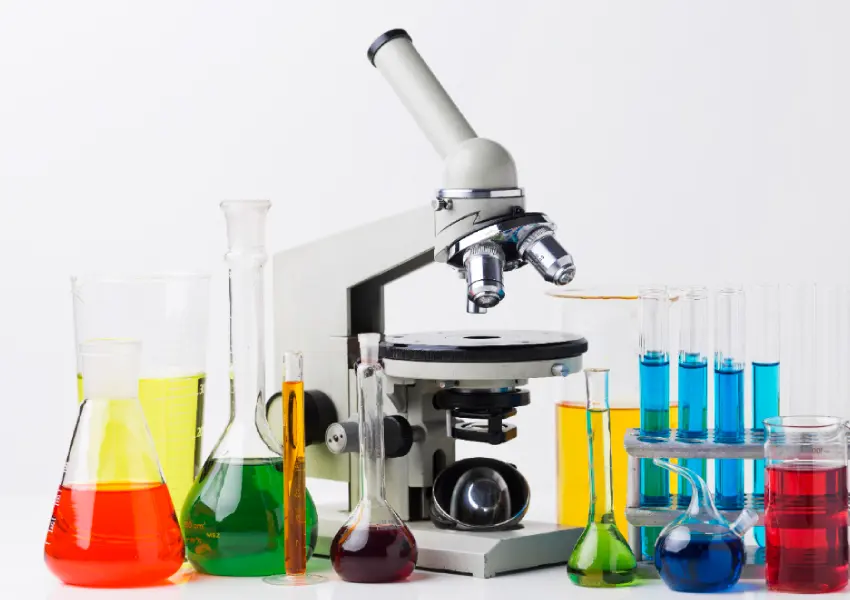In research and educational settings, laboratory equipment is essential to achieving accurate results. All lab equipment needs to be in the best possible condition to guarantee reliability. Maintenance of laboratory equipment is not merely a matter of convenience but a vital practice that ensures safety, efficiency, and accuracy during experiments and research. For institutions Queensland (QLD), where advanced scientific equipment for education is heavily used, it becomes even more important to prioritise maintenance to maximise the potential of the equipment and protect the investment.
1. Preventing Equipment Malfunctions
Lab equipment can wear down over time due to continuous use. Regular inspections and service can uncover problems before they become costly faults. Calibration checks, cleaning, and lubrication, for example, can keep parts from becoming misaligned or rusted, resulting in incorrect results or complete equipment failure.
2. Maintaining Accuracy and Precision
Accuracy is the backbone of scientific work, and malfunctioning or poorly maintained equipment can lead to errors. Equipment, including pH meters, spectrophotometers, and advanced scientific equipment for Queensland education, needs to be calibrated regularly in order to provide precise measurements. Unchecked measurement errors can result in incorrect results, with significant implications in both research and educational settings.
3. Extending Equipment Lifespan
Just as how a vehicle requires maintenance to run optimally over the years, lab equipment also need constant care in order to serve for longer periods. Proper care can extend the lifespan of equipment like centrifuges, incubators, or other sophisticated scientific instruments for educational use in QLD to a great extent. This way institutions won’t have to make frequent replacements, lowering the long-term cost of purchasing new equipment.
4. Ensuring Laboratory Safety
Laboratory safety is critical in any research or instructional setting. Faulty equipment can provide serious risks, such as chemical spills, electrical hazards, or inaccurate experimental results, which can lead to dangerous outcomes. Regular maintenance ensures that safety elements, like as emergency shut-off switches and suitable fume extraction systems, are operational, thereby mitigating potential risks.
5. Saving Time and Money
By maintaining lab equipment regularly, institutions can avoid unexpected breakdowns that lead to downtime. Time is precious in any research environment, and downtime can result in delayed projects or lost educational opportunities. Moreover, addressing minor issues before they become major problems helps save money that would otherwise be spent on expensive repairs or replacements.
6. Complying with Industry Standards
Many scientific instruments need to meet certain standards of the industry, especially within highly regulated markets like pharmaceutical or environmental testing. Proper maintenance also ensures that an instrument is coded and in accord with applicable health and safety procedures. This is especially relevant in educational settings where students are expected to operate equipment in accordance with industry standards.
Conclusion
Frequent maintenance of lab equipment is critical for assuring correct results, extending the life of expensive instruments, and maintaining lab safety. For educational institutions in Queensland using advanced scientific equipment for education, establishing a consistent maintenance routine is vital. With the right care, institutions can make the most of their equipment, allowing students and researchers to focus on what matters most—achieving groundbreaking scientific discoveries.


